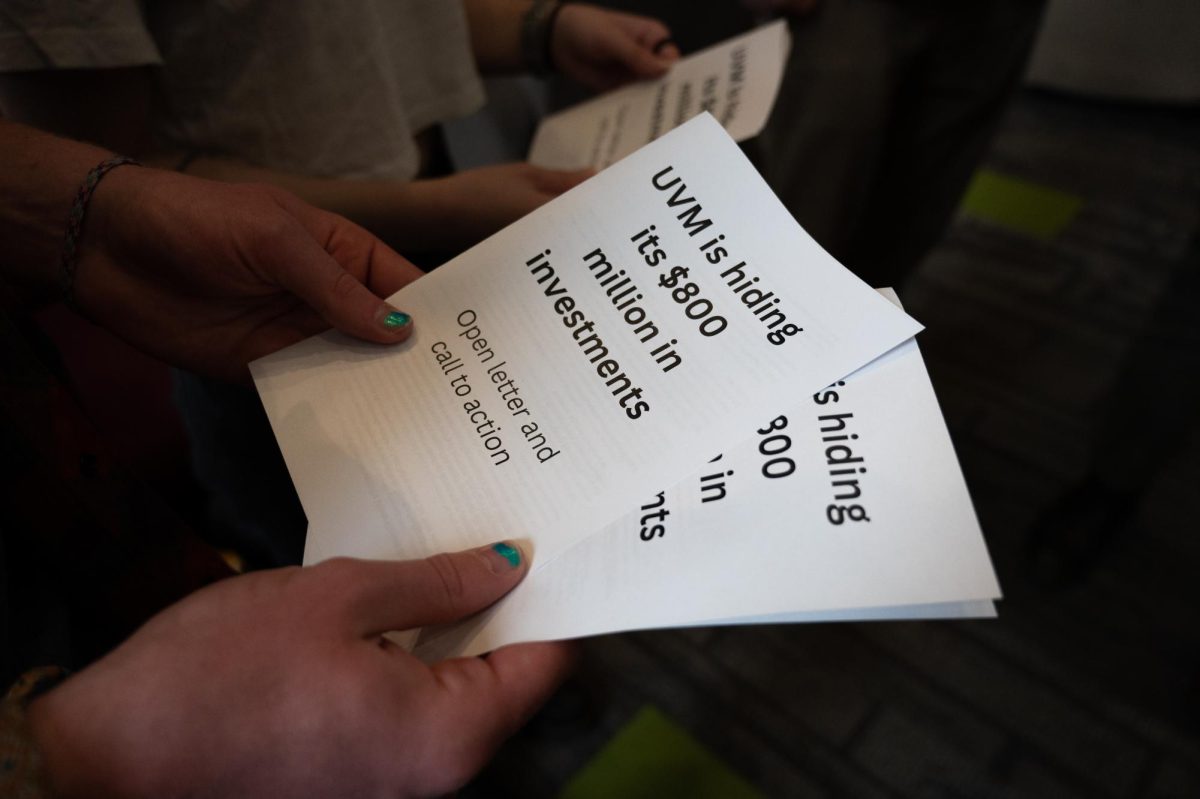The Vermont Genetics Network (VGN) was first established in 2001 by a $6 million grant from the National Institutes of Health (NIH). The NIH grant brought together six higher education institutions in the state, including the University of Vermont and Middlebury College, to make advancements in the field of genetics. Among the goals of the VGN are to increase the competitiveness of Vermont schools in the field of genetics, to augment the numbers of faculty and undergraduates specializing in the field, and to build up Vermont’s bioinformatics capability. These projects are headed up by Dr. Judith Van Houten in the biology department. Recently, the NIH renewed its grant for the VGN, expanding the funding to $16.5 million. Upon hearing the news, UVM President Daniel Fogel remarked that the collaborative effort is “having a significant impact on genetic research and science education in Vermont.” Vermont’s grant is one of many that the NIH has given out over the past several years as part of a program called the IDEA Networks of Biomedical Research Excellence (INBRE). Other states involved include New Hampshire, Alaska, Hawaii, and Idaho. The ultimate goal of the project is to have the individual state networks linked together in a national system to share information. So far, with the original grant money, the VGN has established a bioinformatics core to help Vermont develop its bioinformatics capabilities, an outreach core to develop a laboratory model to take to other universities in the state, and a DNA microarray core facility. The new microarray facility allows UVM faculty to perform a variety of tests on particles of DNA and RNA. Equipment at the facility can detect the level of degradation of RNA molecules, categorizing them as high quality, partially degraded, or degraded. The equipment detects fragment sizes to measure the amount of degradation – the smaller the RNA fragments, the more degraded the RNA. Researchers in Vermont hope that the grant renewal will allow UVM and the other participating institutions to provide the state with even more technology previously unavailable to researchers around the state. For more information on the Vermont Genetics Network, visit their website at http://www.uvm.edu/~vgn/.












